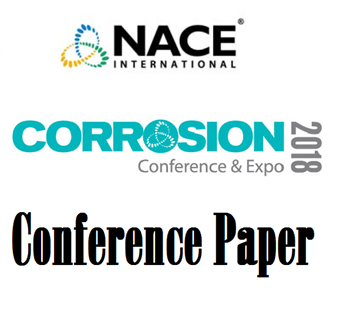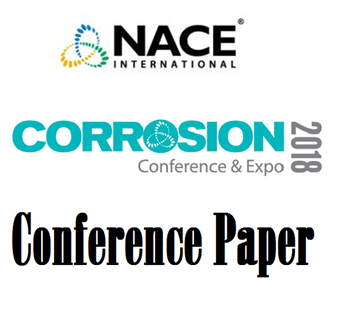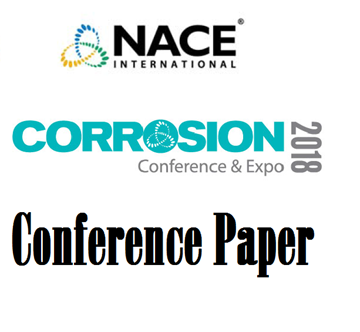Search
51318-11476-Critical Micelle Concentration and CO2 Corrosion Inhibition Efficiency of Quaternary Amines
Also Purchased
51318-11467-Relationship between Inhibitor Adsorption and Surfactant Properties: Part I - Methodology
Product Number:
51318-11467-SG
Publication Date:
2018
$20.00
51318-11481-Impacts of Impurities SO2 and H2S on Corrosion of sc-CO2 Pipe Steels
Product Number:
51318-11481-SG
Publication Date:
2018
$20.00
51318-11429-Formation of strong acids in dense phase CO2
Product Number:
51318-11429-SG
Publication Date:
2018
$20.00




